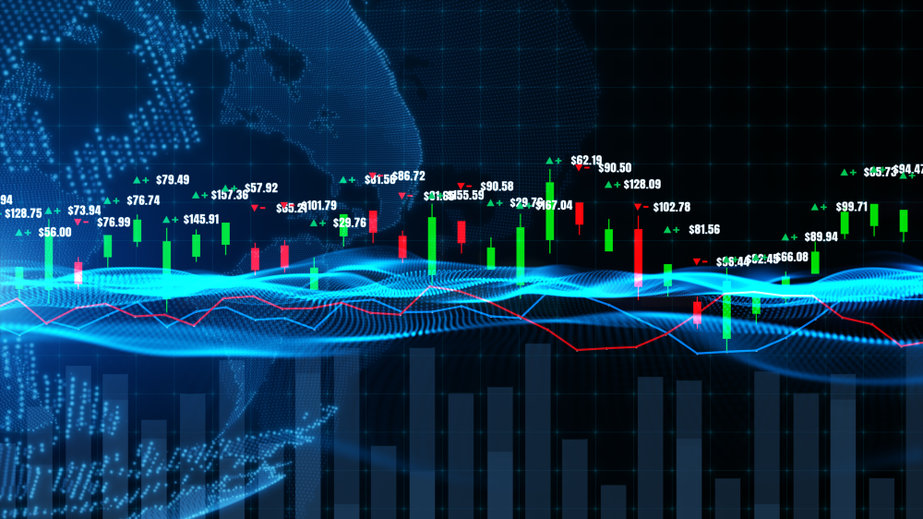Most recent

Gavekal-IS

Today’s Financial Fire And Avoiding The Flames
Didier Darcet
16 May 2024
Picture a make-believe world where the participants play with financial fire and teeter on the edge of disaster. In this world, they use leverage with abandon by issuing debt securities to benefit from financial returns that are far higher than real wealth creation. Let us also imagine an investor who is growing skeptical at such shenanigans, and thus starting to distrust all debt securities. In this report, Didier explains what options would be available to that person.

Gavekal-IS

Christmas, Questions And Whine
Louis-Vincent Gave
21 Dec 2023
We hope our clients will forgive a little navel-gazing, but year-ends are opportune times for self reflection; figuring out what one did well, what one could do better, and thus making new year’s resolutions.
More research
Growth At Risk?
The most important macro factor driving the creation of economic wealth and equity returns is growth, pure and simple, contends Didier. Since early 2023, Gavekal-IS models showed the world economy’s combined growth rate being stronger than the consensus view because primary energy prices had moderated. So, with oil prices now heading upward once more, is the game up for growth?

The Fate Of The World
In June 1940, General Charles de Gaulle broadcast an address to the French resistance from London that was imbued by the realities of modern warfare: “Destroyed today by mechanical force, we will be able to win in the future by a superior mechanical force. The fate of the world is here.” Recent geopolitical developments have raised fears about a new Cold War, unfolding between the “Global West” and multiple other countries that have important bilateral interests. A war economy—even a cold one—is very different from a peace economy.

Tug-Of-War
The world economy is playing a game of tug-of-war. England, Germany and France are pulling toward recession, while the situation in the United States and Japan is slightly more enviable. Meanwhile, Chinese and Indian growth could reach 5 to 6% in 2023.
Which of these opposing forces will succeed in attracting the others?
The reopening of the Chinese economy advocated for a favorable scenario, hence the Hang Seng index rallying 50% in three months, from November to January. However, the index dropped 10% in February!

Fear Index
How can we measure in real time the fear that grips a financial market?
By the statistical anomalies it generates on asset returns which we call distribution tails. If men did not imitate each other so much in their emotions, the S&P 500 would only experience a 50% crash every 6,000 years.
The autocorrelation of an ecosystem is a fundamental internal variable that blurs cause and effect relationships and must be taken into account in the composition of a financial portfolio.
So, how do the major financial asset classes react to fear?
And is the market "afraid" today?

Inflationary Boom
The macroeconomic debates today are mainly about the speed of the disinflation and economic slowdown in the US and Europe. In other words, the predicted path of a disinflationary bust, the paradise of G7 long government bonds, and the nightmare of risky assets.

FOMO
FOMO? After seeing it repeatedly pop up over text messages from the younger generation, I finally had to ask what this acronym is all about: Fear Of Missing Out.
2023 starts with an economic gap between two camps: developed economies vs. emerging economies.
On the developed side, fear prevails on stocks, bonds, and currencies. On the emerging side, it’s the fear of missing out!
